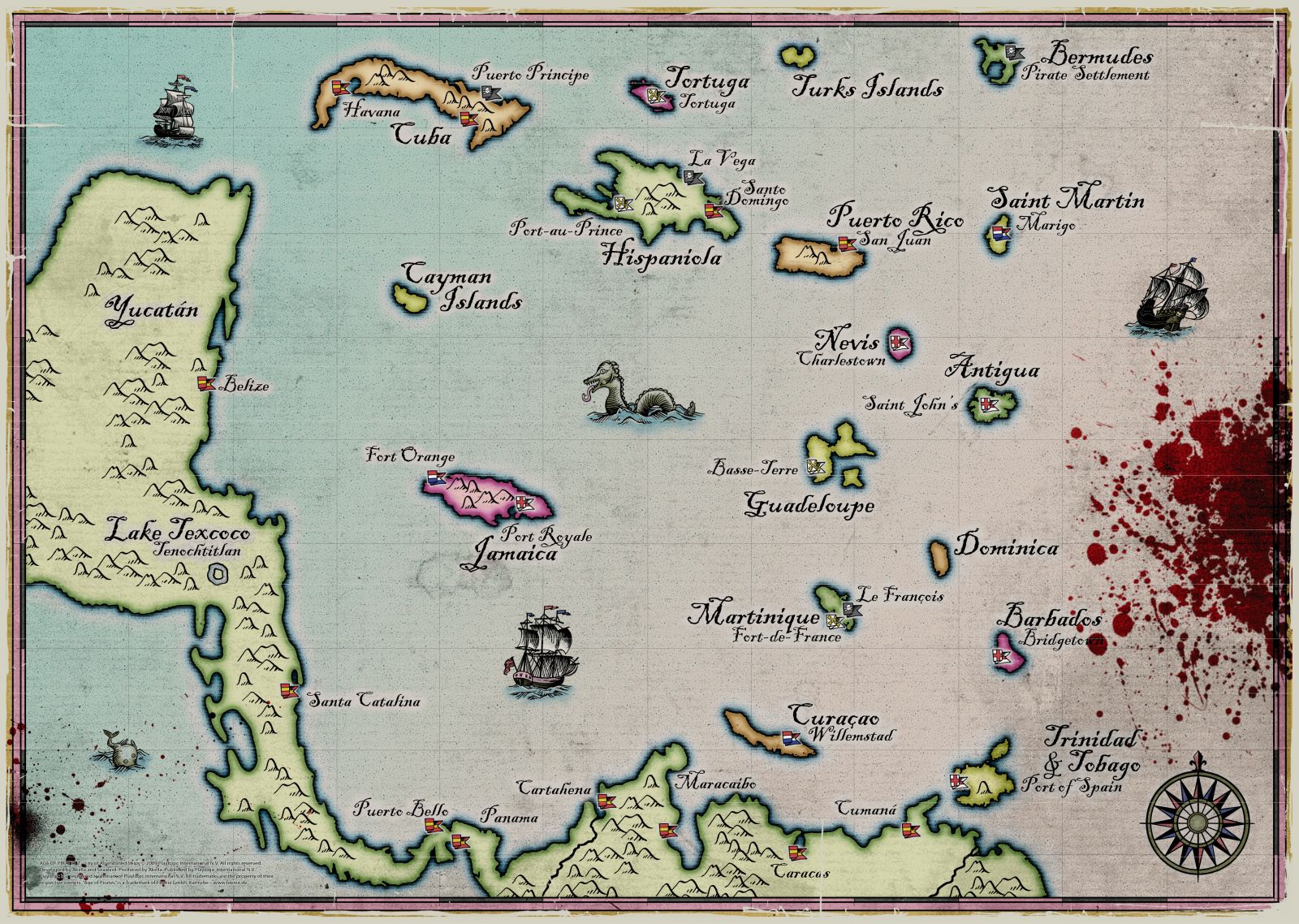

In a previous article, we emphasized that the best cybersecurity was “concrete backed up by air,” and we now reiterate that point. They search for unqualified and untrained IT admins who fail to upgrade common software, weak passwords and the lack of multi-factor authentication, and, most significantly, critical infra-structure connected to the internet. The modern-day privateers sail the information superhighway and seek out vulnerability in the supply chains of their targeted antagonistic states. Today’s privateers do not wield deadly swords, but they are experts with keyboards. Modern-Day Privateersīut as we so often note, the more things change, the more they remain the same.

It is true that today’s plunder is not gold, but cryptocurrency, and it won’t be buried on a beach on a Caribbean island instead it willl be protected by multinational banks using blockchain technology. Anyone who doubts the importance of Lafitte’s actions should visit the National Historical Park and Preserve in Louisiana that proudly brandishes his name. forces without the services of privateer Jean Lafitte. Ironically, the highly unnecessary Battle of New Orleans (the War of 1812 had concluded weeks before, but communication was slow in those days), which vaulted future president of the United States Andrew Jackson to national hero status, would not have been won by U.S.

Most European countries used this approach at some point. For this, their payment was a percentage of the plunder that they could capture and unload in a safe location such as Nassau in The Bahamas. Many of these pirates were more aptly described as “privateers,” and they were sponsored by countries through a “letter of marque.” Expressed more succinctly, these seaborn outlaws of lore who plundered the massive supply lines of commerce between the new and old worlds were in reality secret agents of national governments whose job it was to wreak havoc on opposing nations’ supply chains. Most pirates from time to time worked for European governments that could either not afford to build out capable navy fleets or simply wanted to maintain a farcical level of plausible deniability. However, as is often the case, the real history is even more interesting than the legends. In the heat of battle, Blackbeard would tie lit fuses (slow matches) to his beard as he boarded an ill-fated vessel in blazing glory. Blackbeard was arguably the most terrifying pirate of all time. Centuries later, history’s most renowned and romanticized pirate, Edward Teach-more commonly known as Blackbeard-sailed the Caribbean and became a legendary outlaw of the waves. The first pirates appeared in the 14th century when they attacked the ships of the Aegean and Mediterranean civilizations.


 0 kommentar(er)
0 kommentar(er)
